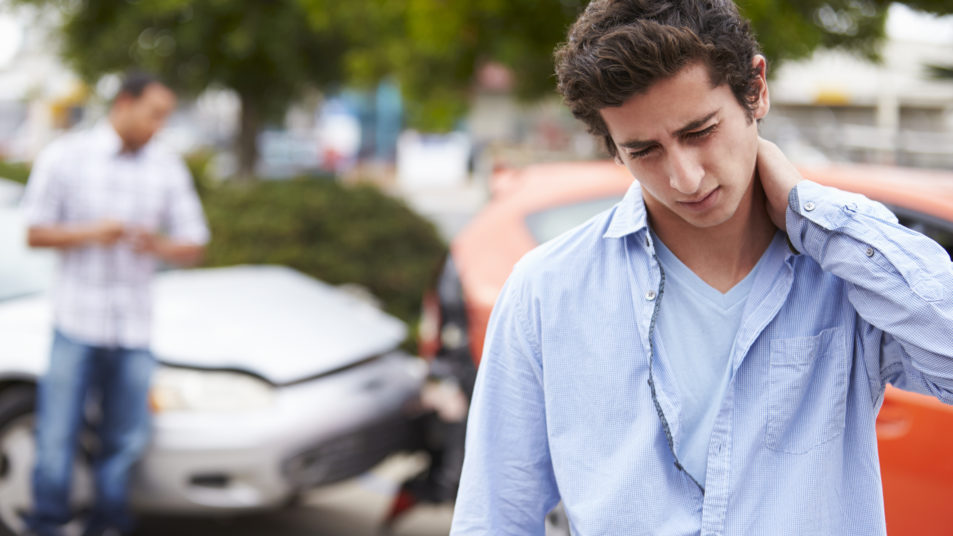What is Comparative Negligence?
Determining liability after a California car accident can be difficult. Fault and liability are often heavily disputed, requiring the need for thorough investigations into the crash. Why is it so important to find out who is responsible for causing an accident? In California, anyone who contributes to the cause of an accident can be on the hook for damages. If you’ve been injured in a crash, you’ll want to know everyone who can be held financially responsible for your injuries.
Contributory vs. Comparative Fault
There are two primary types of fault: contributory and comparative. Some states embrace the law of contributory fault, which bars anyone who is responsible for an accident from recovering compensation for their injuries. In contributory negligence states, you are only entitled to an award of damages if you played no role in your accident or injury. However, you could still be on the hook for damages if someone else was injured in your accident.
Some states, including California, embrace the rule of comparative fault, which is generally considered to be more lenient and victim-friendly. There are two important things you need to know about comparative fault:
- Anyone who contributes to the cause of an accident can be held financially responsible for damages, and
- You are not barred from recovering compensation for your injuries if you shoulder some of the blame for your injury.
Apportionment of Fault
What happens when more than one person is responsible for causing your accident and injury? California law explains that responsibility for damages will be apportioned between responsible parties. This basically means that 100 % of your damages will be divided between anyone who caused your accident. In order to determine how much each at-fault party will be responsible for paying, it is necessary to determine their role in causing the accident. The larger their role, the greater their share of responsibility for damages.
Example #1: A, B, and C are involved in a crash at a Los Angeles intersection. An investigation shows that B was texting at the time of the crash, while C attempted to speed through a yellow light. A sustained serious injuries in the crash and has suffered $100,000 in damages. It’s determined that B and C were equally responsible for causing the accident. As a result, B and C will both be responsible for paying half of A’s damages (or $50,000 each).
Example #2: A, B, and C are involved in a Los Angeles car accident. A suffers extensive injuries in the crash and has damages of $100,000. An investigation finds that B was drunk at the time of the crash and C was driving on a suspended license. As a result, B is assigned 90% of the fault, while B assumes the other 10% of the blame. B would be responsible for 90% of A’s damages ($90,000) and B would be responsible for 10% of A’s damages ($10,000).
Fault of Victim
Victims who contribute to their own accident are barred from recovering compensation in states that embrace the rule of contributory negligence. In California, however, a victim is not barred from recovering compensation as long as they share the blame with another person. In other words, victims are only prohibited from recovering damages if they are 100% responsible for their own harm.
While victims are not barred from recovering damages, the amount they can get is reduced by their own degree of fault. This can apply to circumstances that (a) contribute to the accident or (b) aggravate the severity of their injuries. The more responsibility they shoulder, the less they’ll be able to recover.
Example #1: A, B, and C are involved in an accident. A suffers significant injuries in the crash and has damages of $100,000. The investigation finds that A, B, and C were all speeding at the time of the crash. A’s ability to recover compensation will be reduced by her own degree of fault. As a result, she will only be able to get 66.6 percent of her accident-related damages. B and C will share equal responsibility in paying these damages.
Example #2: A and B are involved in an accident, and both suffer extensive injuries in the crash. Each has damages of $100,000. An investigation finds that A is 70% responsible for causing the accident. As a result, A will only be able to recover $30,000 in damages ($100,000 reduced by 70 percent fault) from B. At the same time, B will be able to recover $70,000 in damages ($100,000 reduced by 30 percent fault) from A.
Do You Need More Info?
If you’ve been involved in a car accident you should contact an attorney. Determining fault and liability can be difficult, but an attorney can help to make sure that your case is handled properly. Visit our guide on how to find a good personal injury attorney for more information.

Leave a Reply